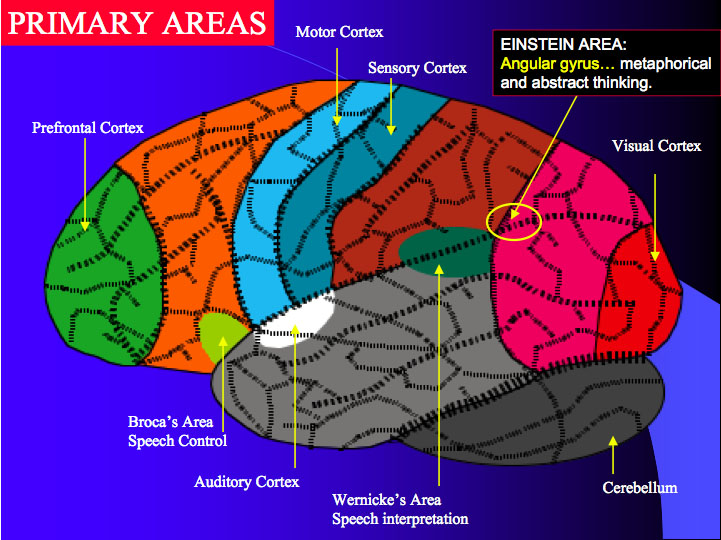Heart Burn is a research paper and project that demonstrates heart-rate scaling on a exergame bike project by a Queen’s University and UVIC research group.
Problem: When two players are playing cycling games where the speed of the cycling is tied to the speed of the game vehicle or person (truck, car, bike, etc..), the player who is more fit will always have an advantage over the less-fit player.
Solution: Using logarithmic scaling of heart-rate response while playing, they were able to show two players of different fitness levels in a close competition using recumbent bikes hooked via the internet.
My Question: If the scaling is applied using their 3 levels: base performance of target heart-rate, scale logarithmically, add nimbleness factor…could it be possible for a HIGHLY trained cyclist to always dominate because her/his fitness level (VO2 Max) and mechanical efficiency will enable her/him to always win; especially given the results they reported of when players are of similar levels of fitness, the scaling was less effective.
Citation:
Stach, T., Graham, T. C., Yim, J., and Rhodes, R. E. 2009. Heart rate control of exercise video games. In Proceedings of Graphics interface 2009 (Kelowna, British Columbia, Canada, May 25 - 27, 2009). ACM International Conference Proceeding Series, vol. 324. Canadian Information Processing Society, Toronto, Ont., Canada, 125-132.
Exercise video games combine entertainment and physical movement in an effort to encourage people to be more physically active. Multiplayer exercise games take advantage of the motivating aspects of group activity by allowing people to exercise together. However, people of significantly different fitness levels can have a hard time playing together, as large differences in performance can be demotivating. To address this problem, we present heart rate scaling, a mechanism where players' in-game performance is based on their effort relative to their fitness level. Specifically, heart rate monitoring is used to scale performance relative to how closely a person adheres to his/her target heart rate zone. We demonstrate that heart rate scaling reduces the performance gap between people of different fitness levels, and that the scaling mechanism does not significantly affect engagement during gameplay.
For more information on other exergame bike projects and products, be sure to check the Bike link in this blog archive. The Brain Bike also just started shipping so check back for more details.
If you need more information on the research and partnerships being created in the ExerGame Lab, please contact Stephen Yang at exergamelab at gmail dot com.
Technorati code: V7E8BDYCT2D8










 Interactive Health Technologies announced that it was partnering with Sony to provide the NFC Dynamic Tag (FeliCa Plug) in the Spirit System, which is now available to schools across America.
Interactive Health Technologies announced that it was partnering with Sony to provide the NFC Dynamic Tag (FeliCa Plug) in the Spirit System, which is now available to schools across America.



 It does not appear to be a speed-based setup such as the typical GameBikes and Exerbikes, rather it is a form of movement-mediated gaming (MMG). In other words, you have to move to play the games. The price range will likely be out of range for most homeowners but for those schools and gyms looking to combine physical and neuroplasticity activities - the BrainBike could be a solution. I'm not sure if they're looking to add games that are related to the intensity and speed of the cycler, but lots of other groups have tried.... (Pantometrics, VCycle, Espresso, Electronic Sports Dogfight, etc.. - if you have any other examples please send them to me at (exergamelab at gmail dot com).
It does not appear to be a speed-based setup such as the typical GameBikes and Exerbikes, rather it is a form of movement-mediated gaming (MMG). In other words, you have to move to play the games. The price range will likely be out of range for most homeowners but for those schools and gyms looking to combine physical and neuroplasticity activities - the BrainBike could be a solution. I'm not sure if they're looking to add games that are related to the intensity and speed of the cycler, but lots of other groups have tried.... (Pantometrics, VCycle, Espresso, Electronic Sports Dogfight, etc.. - if you have any other examples please send them to me at (exergamelab at gmail dot com).

